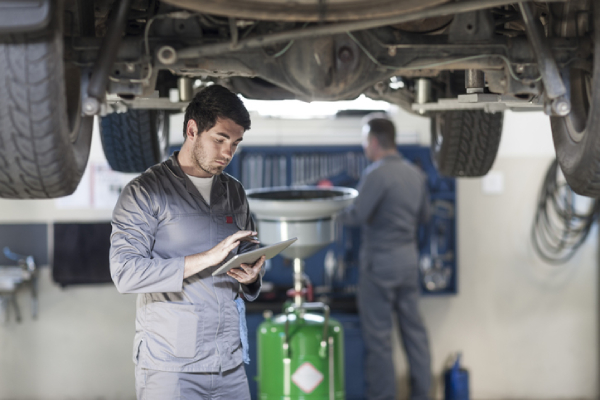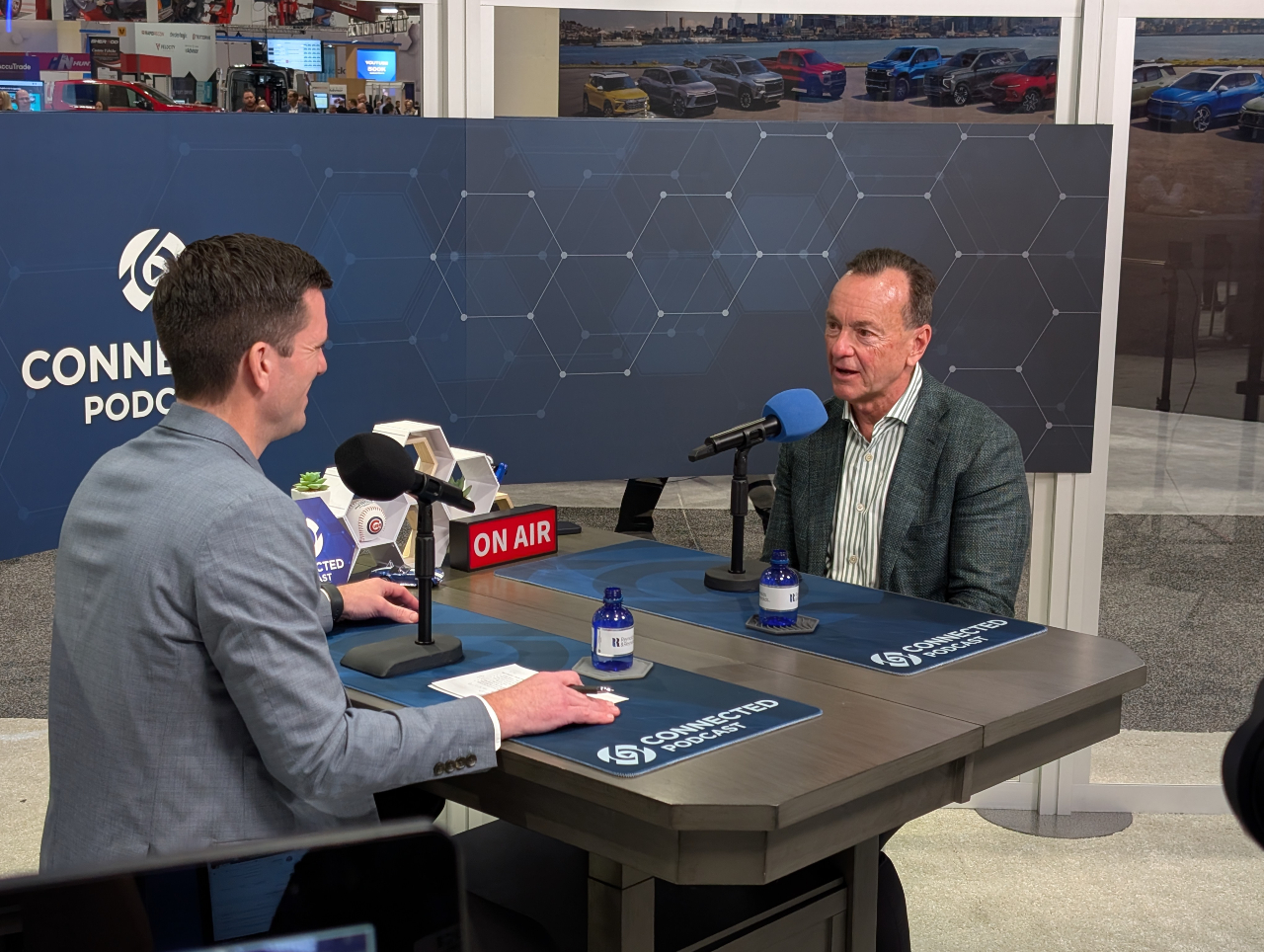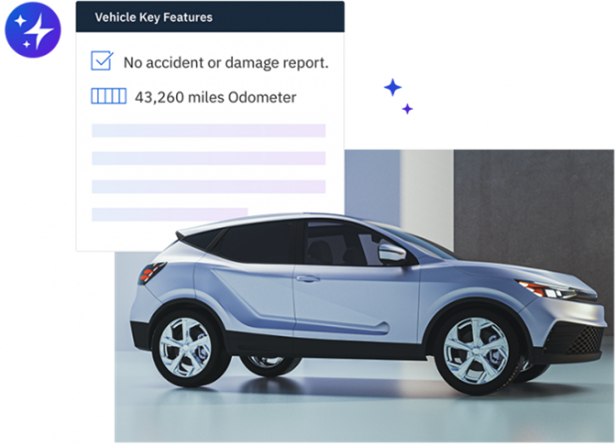“Unprecedented Times”: Could reconditioning software help dealerships cope?

Article Highlights:
- The pandemic has decreased new vehicle inventory levels.
- Adapt by enhancing your used vehicle process with reconditioning software.
Buzzwords and phrases like “the new normal” have been thrown around constantly since the emergence of COVID-19 in early 2020. Frankly, we’re all tired of hearing these overused sayings that don’t actually explain anything about the impact of the pandemic.
How exactly have these “turbulent times” really affected the automotive industry?
The pandemic and subsequent production shut downs mean new vehicle inventory in the U.S. is now at its lowest level in nine years. Inventory levels dropped once again in September to only 2.11 million new vehicles available according to Automotive News.
This drastic decrease in inventory has placed increased importance on used vehicle sales, but is your dealership equipped to bear this burden? If not, lengthy cycle time and other inefficiencies could prevent you from profiting. If you hold an average inventory of 125 pre-owned vehicles, by improving your overall reconditioning cycle time by just 4 days, you would see a monthly savings of approximately $30,000 or $360,000 annually 1.
Reconditioning software can bolster your dealership’s processes to save money and better weather the pandemic. Here’s how:
Decreased Cycle Time
Reconditioning software provides a digital platform for accessing vehicle information and work orders. The multiple parties involved in the process can instantaneously view this information without wasting time shuffling paperwork back and forth or wandering around your dealership looking for answers. This eliminates lag in workflow and holds employees accountable.
As each step in the process is finished, your employees can immediately mark tasks as complete in the system using mobile devices. Then, the vehicle is automatically assigned to the department handling the next step in the sequence so they can get to work faster.
Customizable Reconditioning Steps
Worried that automated software is too rigid to handle reconditioning the wide variety of vehicles that come into your dealership? Think again.
Software used to manage the reconditioning process is actually quite flexible. You can modify procedures as you see fit for your dealership and for each vehicle. Managers can re-order steps, change priority, and even create new steps for further customization.
Customization allows dealerships to have total control over the reconditioning process while still benefiting from the use of software, resulting in smoother operations.
Access to Tracking
When using reconditioning software, managers can see exactly where a vehicle is throughout the process, allowing them to better understand where delays frequently occur. Data is collected to help managers identify and resolve issues with departments and employees that often stall cycle time. With these inefficiencies recognized, managers can rearrange workflows, implement better training, and hold employees accountable to improve performance long term.
Additionally, work orders and invoices from vendors are stored digitally for better transparency and tracking. This is invaluable, especially when working with multiple third parties.
Dealerships have a finite number of spaces from which to sell used cars so the more cars sold from each space, the better. If you increase your annual sales from 10 to 12 pre-owned cars per space, that’s a 20% increase in sales, finance, service and parts. Use of automated software gives dealerships the ability to recondition and sell more used vehicles from each space in less time. Thinking ahead, this might be the best way to counteract a lack of new vehicle sales due to low inventory. Reconditioning software can help dealerships get the used vehicle profit they’re depending on in these challenging, uncertain, and indeed unprecedented, times.
1 CBT News
Related Articles:

The Future of Variable Ops with Experts at NADA 2025
Explore how AI is transforming variable operations in automotive retailing with insights from NADA 2025. Learn about efficiency, profitability, and fraud prevention from industry leaders.

Decision made regarding the Vehicle Shopping Rule – now what?
Check out five key takeaways from the Vehicle Shopping Rule to keep your dealership safe from FTC enforcement actions.

3 Ways AI Can Elevate Your Dealership’s Online Inventory
On average, Americans are exposed to between 4,000 and 10,000 advertisements every day. From commercials on TV to billboards on your way to work, all…

The Pizza Playbook – What Ordering Pizza Teaches Us About F&I
For as long as I can remember, my family had “pizza night” every week. Without fail, every Friday evening we’d all gather around the computer…















